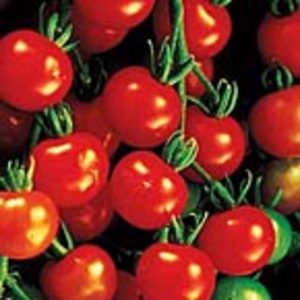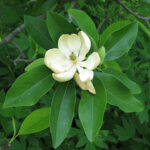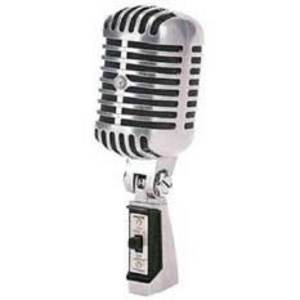Many of us remember those long winter months, when we started to plan our vegetable gardens for next summer. We gathered the seed catalogs, bought our potting soil, and set our flats in front of the sunniest window in the house, so we’d be ready when the soil warmed up enough in the spring to plant our precious seedlings outside.
And many of us stop there – forgetting that many vegetable varieties can be planted in July, August, and even through October, for harvests in the fall and winter months. This year, instead of leaving ground bare after digging your new potatoes and harvesting your spring lettuce, plant some of these late-starting veggies in that good garden soil.
I’ve been an organic gardener for years, and I was one of the first growers providing fresh, washed and bagged salad greens to the local supermarkets – so I understand how important it is to keep your fertile soil filled with veggies. Most of us have limited space for our gardens, so we can’t afford to waste any of that land, at any time throughout the growing season.
Many kinds of vegetables, like cabbage, have varieties that have been specially developed for planting in the summer months. Be sure to check the seed catalog carefully to see if the variety you order is intended for fall harvest. Then, use this guide to keep your garden going strong. You will have more success with these tender seedlings in hot weather if you start them in a shade house or protected flats, and then plant the baby veggies in the garden after they’ve developed several true leaves.
July is a good month to plant seeds of many of the most common garden crops, including potatoes, beets, broccoli, fall and winter cabbage, carrots, kale, parsnips, and swiss chard. In late July you can plant kohlrabi, mustard greens, spinach and turnips. Many of these plants like to mature in cooler fall weather, so planting now will give you a good autumn harvest. You can also plant seeds for onions and shallots after the middle of July, and you’ll still have time for fresh scallions and bunching onions by fall.
You can continue to plant mustard greens, spinach and turnips in August, as well as cabbage for spring harvest. Arugula will also do well if you plant the seeds now, because these delectable salad greens need the cool fall weather. August is also the month when you’ll want to plant seeds for onion varieties that will overwinter, for harvest next summer. Many gardeners start their Walla Walla sweet onions now, instead of waiting to buy starts next spring. Seeds of overwintering storage onions, like ‘Hi-Ball’ and ‘Top Keeper’, can also be planted in August. This is also a good month for planting lettuce, which will be ready for your salads in a month or two.
In September, you can plant some more arugula, along with corn salad and more lettuce. Carrots can be planted for harvest through the winter and into next spring, and you can also plant peas for fresh eating this fall. If you have bare land that needs a high-nitrogen cover crop, mid-September is a good time to plant out fava beans. They’ll keep the ground protected, and be ready to be dug under early next spring. And if you love radishes, you can plant out seed in mid-September through October, and harvest them all winter.
Late September is the time to plant your garlic and shallot bulbs. Be sure to give them deep, rich soil. If they’re planted now, they’ll have time to grow strong roots before the first frosts, and they’ll come up strong next spring for mid to late-summer harvest next year. If you have a long growing season, you can continue planting garlic into October.





